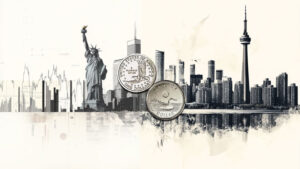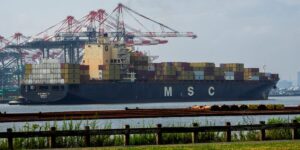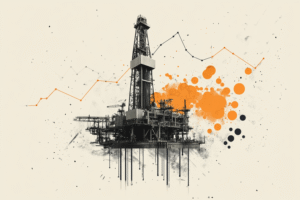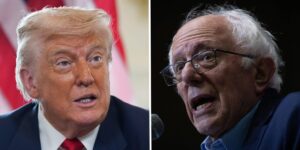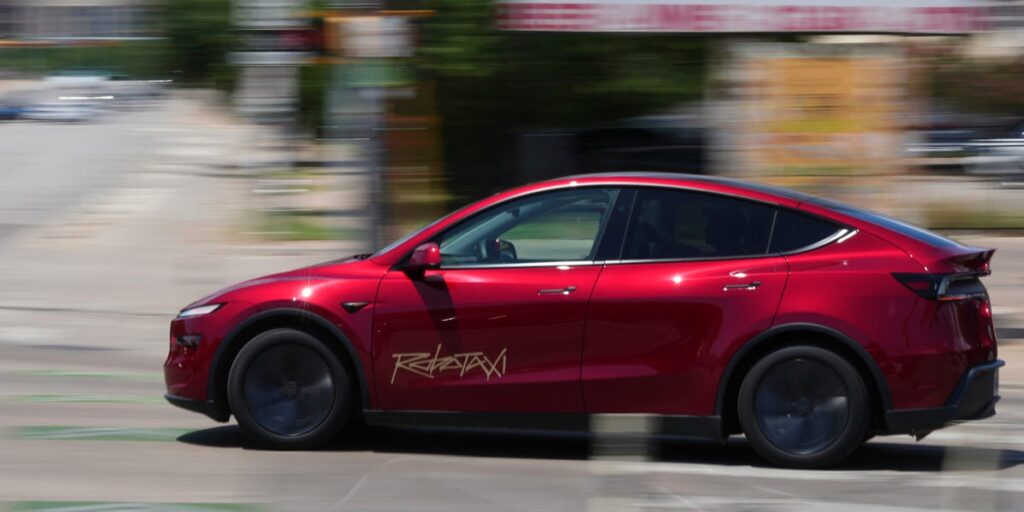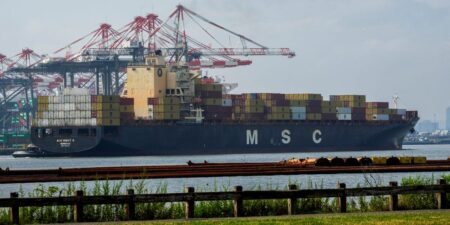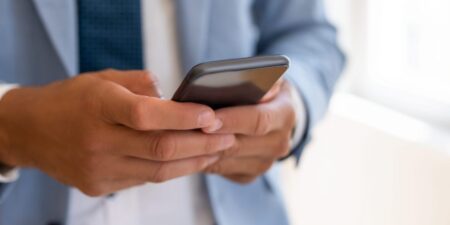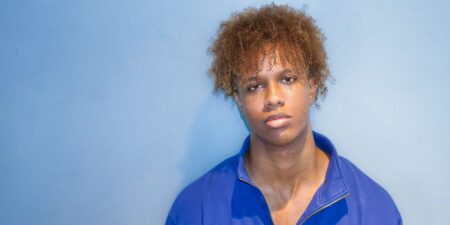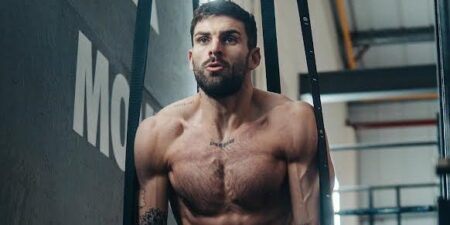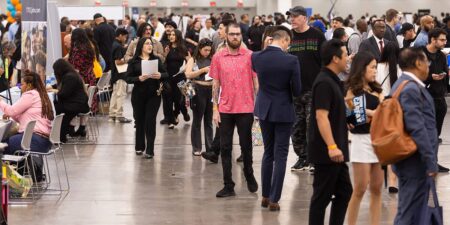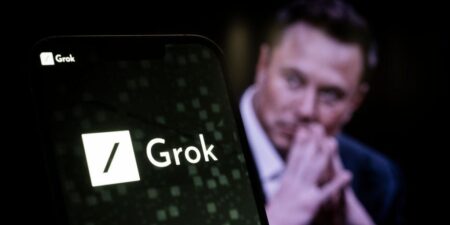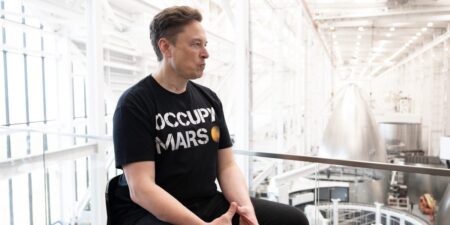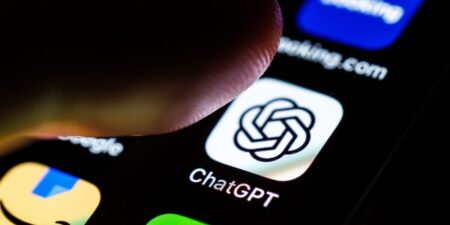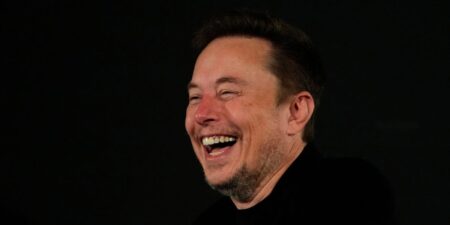Finally, after a few months of waiting — and even flying out to Austin just to ride in a Tesla Robotaxi — I scored a golden ticket for the service late Wednesday night.
Then I lost it a day later.
My time in the quasi-exclusive club of Tesla Robotaxi testers was short-lived.
On Wednesday, Tesla made the Robotaxi app available to all iOS users, allowing the public to join a waitlist for the service.
I downloaded the app and joined the waitlist around 8:30 p.m. PT on Wednesday. To my surprise, I saw that I was taken off the waitlist in about three hours. Users on X reported a similar experience.
I was surprised because the public rollout of the app didn’t come with an announcement from Tesla or Elon Musk that Robotaxi would add more cars to the San Francisco Bay Area or Austin, where the service currently operates.
More cars mean a better ability to meet the demand. A Tesla spokesperson did not respond to a request for comment.
If users like me were taken off the waitlist that fast, without clarity on whether more cars were put on the roads, what would this do to pick-up times?
During my brief time with the app, the pick-up ETAs were high. Estimated times ranged from 12 minutes to up to 40 minutes. Twelve minutes can be par for the course in SF for Uber or Waymo’s robotaxis; but 40 minutes? It doesn’t even take that long to travel across a congested SF.
Then, on Thursday evening, I noticed my access was revoked. For reasons unclear, I had to sign up again to be put back on the waitlist.
Some users on X reported the same thing.
“I had access to @robotaxi all day and all of a sudden I’m back on the waitlist screen,” one user wrote. “Tried reinstalling the app too. Bug?”
Early days for Tesla Robotaxi
This story is not to air out frustrations about getting booted. (Although, it’d sure be nice to get it back!) My experience and that of others are a reminder that it’s still early days for Tesla Robotaxi, which launched in Austin in June.
By the time of my Austin trip, Tesla had already expanded the geo-fence just a few weeks after the start of the pilot launch. Tesla’s VP of AI software, Ashok Elluswamy, said at the end of July that there were a “handful” of Tesla Robotaxis on the roads.
Robotaxis on the road are still working out some kinks. As I reported in my “Robotaxi vs. Waymo” story, I saw an error that required the safety monitor in the passenger seat to pause the trip.
Some early-access users have also noted interventions, while others have reported incident-free experiences.
Pick-up times during my trip to Austin also weren’t always consistent.
After a second geo-fence expansion, Tesla said on August 26 that the service area now stands at 173 square miles. The company said that it “increased # of cars available by 50%” in the city but did not provide a specific count. So a handful and a half?
By comparison, Waymo covers about 90 square miles with about 100 robotaxis in Austin.
Meanwhile, Tesla also started taking riders in the Bay Area on July 31. The service area included all of San Francisco, San Jose, and parts of the East Bay Area, including Berkeley. But can we call it a “robotaxi?”
Due to California regulations, Tesla put a safety monitor directly behind the wheel. In Austin, a safety monitor sits in the front passenger seat.
In Texas, Tesla Robotaxi started to take riders on the highway this month — a notable milestone considering Waymo isn’t taking public riders on the highways yet.
However, the in-car safety monitor moves to the driver’s seat for highway rides. Tesla said on X that it was doing so out of an abundance of caution.
For this and other reasons, some critics say Tesla Robotaxi isn’t quite there.
“It’s (rather obviously) not a robotaxi if there’s an employee inside the car,” John Krafcik, the ex-Waymo CEO, told me in August.
However, Tesla analysts I’ve spoken with wouldn’t count out Musk’s company from the robotaxi race.
Alex Roy, a former director at Argo AI, a self-driving startup, and general partner at New Industry VC, told me in June that he sees a method to the madness.
He called Tesla’s steps necessary to keep up with the “perception of real progress.” Instead of waiting to remove the safety driver, for example, Tesla will move ahead and add more cities or expand geofences, Roy said.
In Wednesday’s case, Tesla made the app widely available to iOS users in the US and Canada. That won’t mean much if you’re outside of the geofence in the Bay Area and Austin.
Then, of course, you’ll have to get off the waitlist.
Read the full article here


